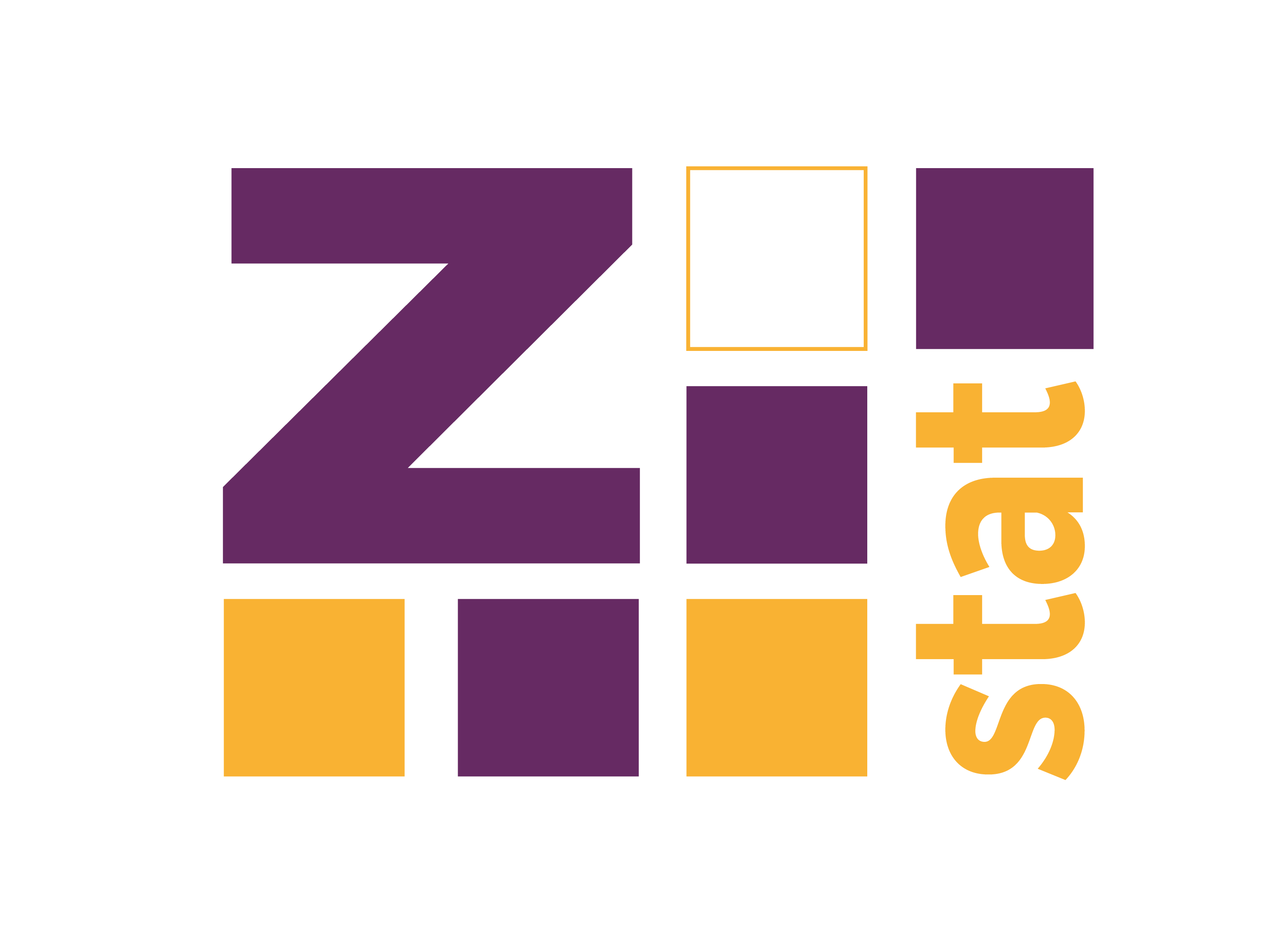Some notes based on two videos describing Apache Spark concepts.
- https://www.youtube.com/watch?v=AoVmgzontXo - Spark SQL: A Compiler from Queries to RDDs: Spark Summit East talk by Sameer Agarwal
- https://www.youtube.com/watch?v=vfiJQ7wg81Y - Top 5 Mistakes When Writing Spark Applications.
Spark SQL: A Compiler from Queries to RDDs: Spark Summit East talk by Sameer Agarwal
https://youtu.be/AoVmgzontXo?t=641 - an example of the optimization done by Catalyst (better to watch the whole video to get better understanding of the whole context).
https://youtu.be/AoVmgzontXo?t=1153 - Volcano model (the standard model used to implement query evaluation systems - http://daslab.seas.harvard.edu/reading-group/papers/volcano.pdf).
https://youtu.be/AoVmgzontXo?t=1416 - some benchmarks comparing Spark’s 1.6 iterator approach with 2.0’s code generator.
https://youtu.be/AoVmgzontXo?t=1602 - short discussion about new things in Spark 2.2
https://issues.apache.org/jira/browse/SPARK-16026.If - JIRA issue related to cost based query optimizer.
https://issues.apache.org/jira/secure/attachment/12823839/Spark_CBO_Design_Spec.pdf - designg doc for query optimizer.
Top 5 Mistakes When Writing Spark Applications
- https://www.youtube.com/watch?v=vfiJQ7wg81Y - link to video.
Example of the resource calculations (number of executors, cores and memory for each executor). Example for 6 nodes, 16 cores and 64GB on each node.
We need to leave one core for YARN, so there 15 cores left per node. Then to maximize HDFS troughput max 5 cores per executor should be used, so there should be 3 executors per node.
Then we need to leave 1 GB memory for OS, so 63GB is available. Then 7% of the allocated memory should goes to YARN so the final calcualtion is: (64-1) / 3 = 21, 21 * 0.97 ~= 19GB 1 executor for YARN AM => 17 executors.
No - dynamic allocation does not help - in only solves the problem of num-executors, and allows to deactivate them when they’re not used (e.g. user left Spark Shell opened), but the number of cores and memory must be specified manually.
Mistake 2:
https://youtu.be/vfiJQ7wg81Y?t=597: SIze exceeds Integer.MAX_VALUE - no shuffle block can be greater than 2 GB.
There’s a good description what’s the shuffle block.
JIRA issue related to this https://youtu.be/vfiJQ7wg81Y?t=597 (mentioned in the presentation).
Rule of thumb - 128MB per partition - the size of the shuffle block.
Mistake 3 - skewed data
Add salting - Key + random.nextInt(saltFactor).
Mistake 4 - DAG Management
https://youtu.be/vfiJQ7wg81Y?t=1105 https://blog.cloudera.com/blog/2015/07/how-to-do-data-quality-checks-using-apache-spark-dataframes/
Mistake 4 - no such method exception.
Occures when there’s difference between version of the libs used by Spark and the user.
Solution - shading - https://youtu.be/vfiJQ7wg81Y?t=1397.
